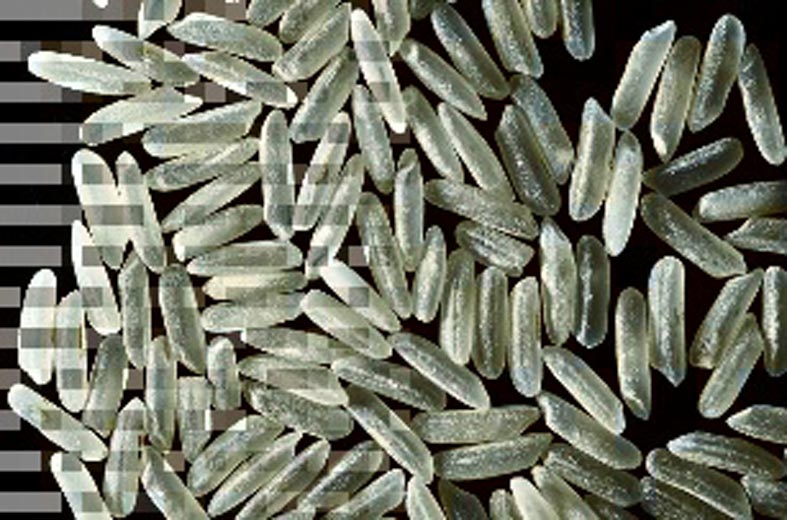
The total value of the rice exports by Philippines has been estimated to be US$100,000. (Image source: IRRI Images/Flickr)
The Philippines has exported 50,000kg of fancy rice to Hong Kong and Dubai in April, and preparing to export another 50,000kg to the US between July and August this year



